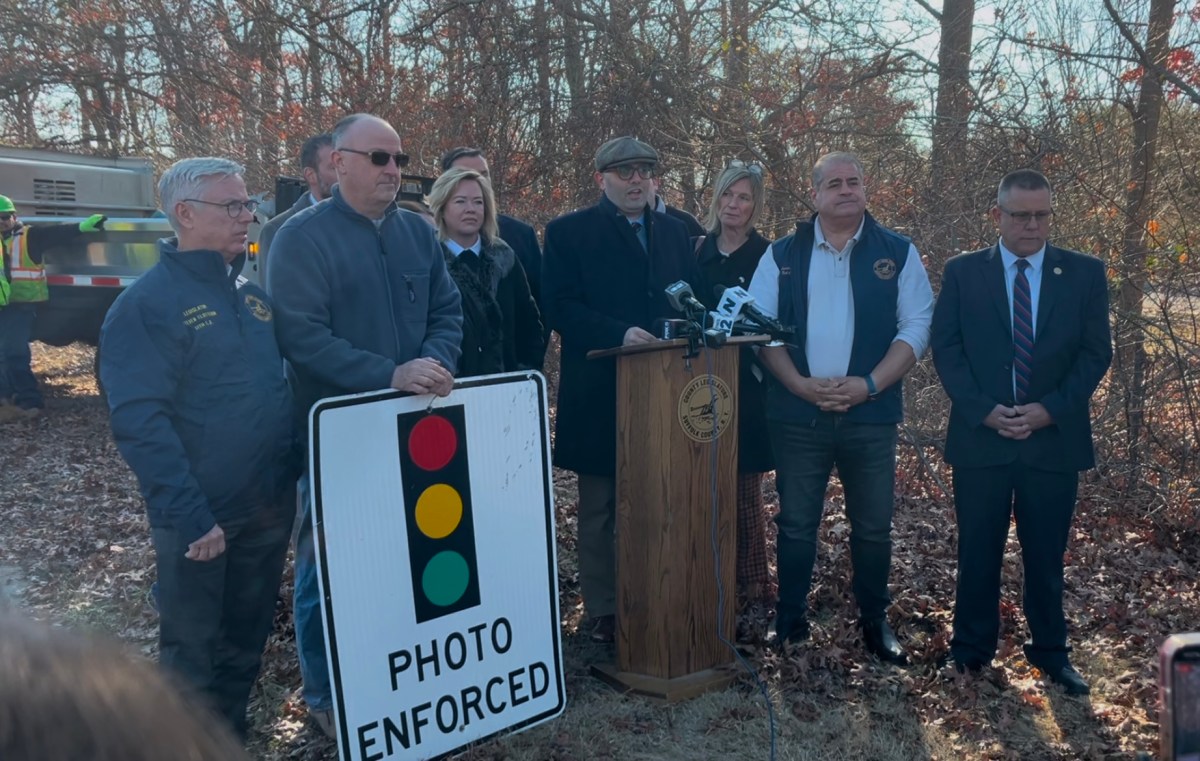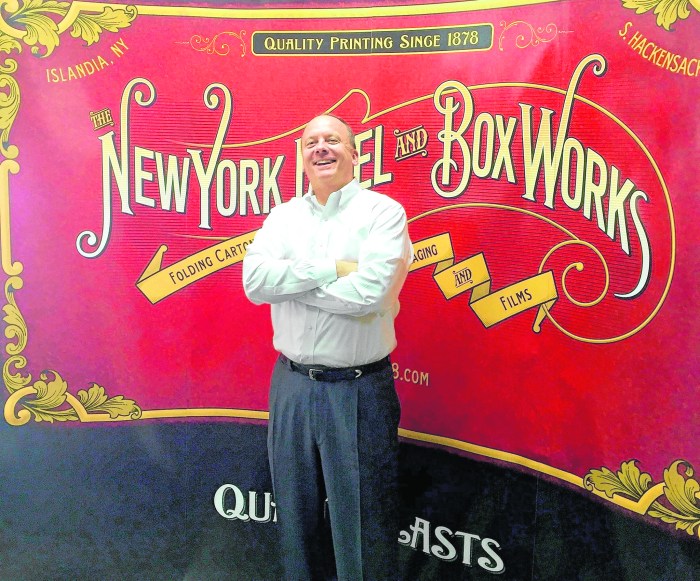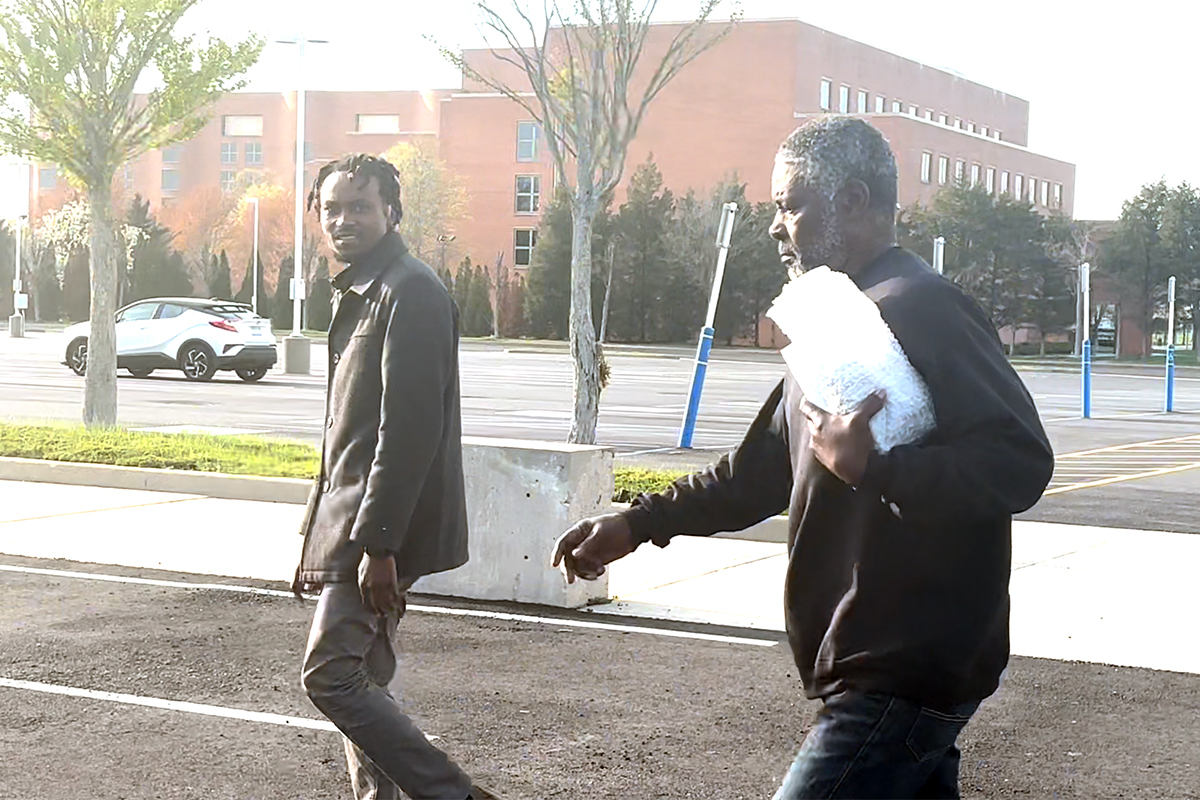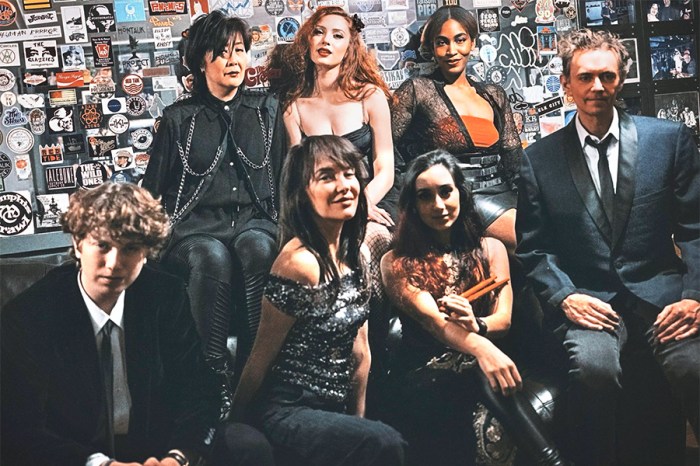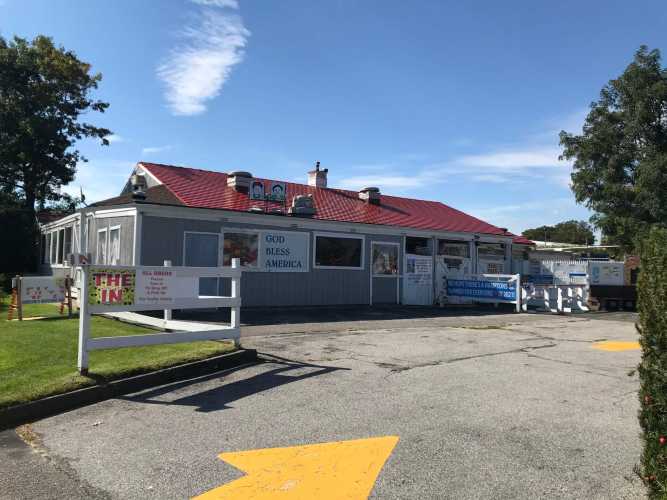It’s the end of the road for red light cameras in Suffolk County. Here’s what that means for taxpayers.
All red light cameras in Suffolk County are being deactivated and taken down as of Dec. 1 after the Suffolk County Legislature chose not to renew the contract for the cameras, which has been in place since 2009.
Residents must still pay any red light fees from before Dec. 1, but any subsequent tickets are now officially invalid. The revenue generated from those tickets has already been written out of the county budget in anticipation of the change.
Suffolk County drivers have been paying, on average, around $15 million a year in red light camera fees — but the cameras didn’t actually make the roads safer. A 2019 study found that intersections with red light cameras saw a 42% increase in accidents compared to the county-wide rate.
The cameras did decrease T-bone accidents, which are among the more fatal collision types, but so drastically increased rear-end accidents that they eclipsed the T-Bone decrease.
“Ending this program is a win for taxpayers,” said Suffolk County Legislator Rob Trotta (R-Fort Salonga). “It’s a step toward restoring fairness and transparency. This is about putting the public’s interests first, not revenue generation.”
Red light cameras are not a public safety feature, but a business to generate revenue, advocates say. Suffolk County’s contract had been with Xerox, who decided where the cameras would be placed. The company did not perform accident studies, but based their decision rather on overall traffic volume — which could point to the camera’s purpose being to charge as many fees as possible, rather than reduce accidents. Xerox received 45% of all red light camera fees in Suffolk County.
“It became clear by stats and administration of the program that that’s what you’re looking to do, raise revenue and not increase safety,” said James Teese, spokesperson for the Suffolk County Legislature.
Further, those red light cameras were disproportionately placed in working-class communities with more people of color. Hector Gavilla, a real estate broker and longtime advocate against red light camera fees, found that many of the people he tried to help in court were Hispanic and working-class, and struggled to manage the red light camera fees — which sometimes come in all at once.
“(The NAACP) did more research, and they were more upset than me because they saw that it was in the town of Islip, in Brentwood, in the neighborhoods that were working-class neighborhoods,” Gavilla told the Press. “And there were none in the Hamptons. There were none in Northport.”

The Town of Brookhaven has the most red light cameras, followed by Babylon and Islip.
“Not one camera was placed south of Montauk Highway or north of 25A, or in the 5 eastern towns,” Trotta said. “The concentration of these cameras in lower, working, and middle-class neighborhoods forced these residents to unfairly bear the burden of an overreaching government trying to generate revenue for budget shortfalls.”




